Understanding Cross-Chain Technology: Importance and Benefits for Blockchain Interoperability
Join us in this article as we uncover the cross-chain technology; a game-changer in blockchain's interoperability, its application, challenges, and the benefits it holds for the broader blockchain community.

Many blockchains run the show, with each of their distinct offerings that try to benefit and even pioneer advancements in fintech. However, many of these blockchains typically operate in complete isolation, which makes direct data and asset transfers between them very difficult.
To address these critical challenges and enable a better interaction between blockchains, several cross-chain technologies were developed.
In this article, we walk you through cross-chain technologies, highlight their significance for blockchains, and explain how they enable communication and interoperability. But first, let's begin by understanding the foundation — blockchain architecture.
Understanding Blockchain Architecture
Blockchain fundamentally serves as a distributed digital ledger, recording transactions across a network of computers referred to as nodes. This basic structure ensures that the data remains secure, transparent, and immutable.
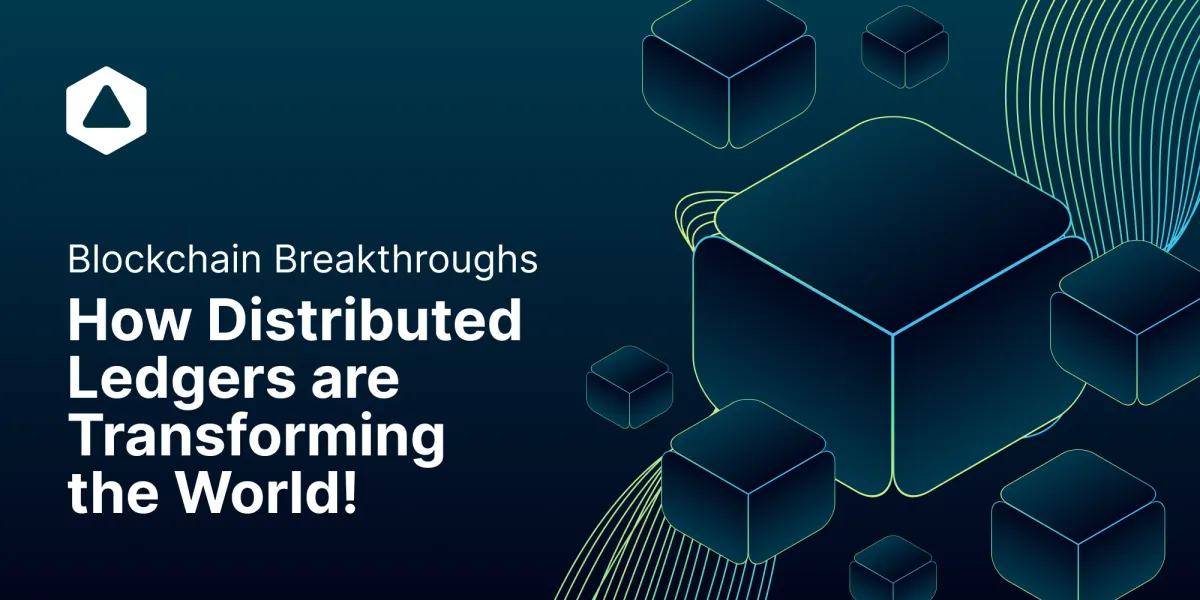
The distinct architecture of each blockchain leads to a lack of interoperability, with each operating in isolation.
This absence of interoperability—being unable to transfer assets and data freely between different blockchains—significantly degrades the user experience.
Consider the scenario of attempting to transfer funds between two banks that utilize entirely different operating systems and currencies; the process would involve numerous steps and some barriers. Something blockchain and crypto was made for to combat.
Understanding Cross-Chain Interoperability
Cross-chain interoperability refers to the ability of different blockchain networks to communicate and interact with each other. This includes the exchange of assets, data, and information across these networks.
Achieving cross-chain interoperability typically involves various protocols and technologies designed to bridge the gaps between different blockchains, enabling them to work together efficiently.
In practical terms, it allows blockchains like Bitcoin and Ethereum, or Solana and Ethereum, to interact and communicate with each other. More on this in later articles where we discuss the emergence of Chain Fusion Technology in detail, developed by DFINITY.
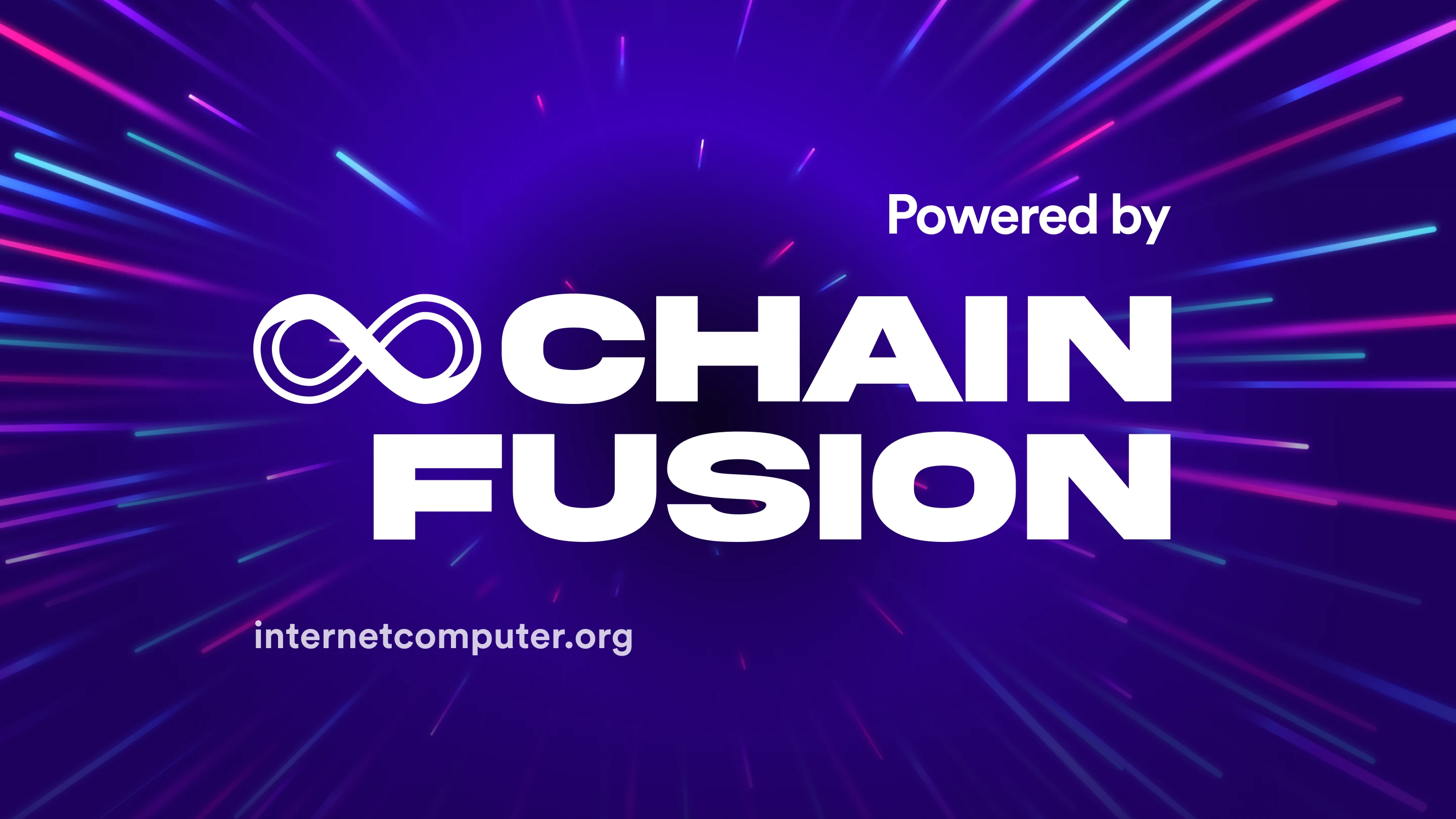
Two Types of Cross-Chain Technology
To understand how cross-chain technology works we will look at its two types of interactions: isomorphic and heterogeneous. The distinction between these two interactions lies in their underlying technologies such as security mechanisms, consensus mechanisms, and block generation methods.
Isomorphic cross-chain involves interactions between blockchain networks with similar underlying consensus mechanisms (two Ethereum Virtual Machine (EVM)-compatible chains).

On the other hand, heterogeneous cross-chains involve interactions between blockchain networks with different consensus mechanisms.
These interactions are more complex due to the need to bridge the underlying differences between the two technologies. For example, Bitcoin and Ethereum use distinctly different consensus mechanisms and are not interoptable, although not for now...
Cross-Chain Compatibility Technologies
Cross-chain technologies are made up of a range of tools and protocols designed to overcome the isolation problem between different blockchain networks by guaranteeing interoperability and better communication. These technologies can be bridges, sidechains, layer 2 solutions, and other specific interoperability protocols.
The benefits of utilizing these technologies extend well beyond simple interoperability—the transfer of data and assets. They encourage the effective utilization of resources across various blockchains, improves customization, and improves the flow of liquidity across numerous chains, and many other advantages that we will explore in the next section.
Examples of Cross-Chain Technologies
The exact method to be used for establishing interoperability can vary greatly depending on the characteristics and mechanisms of the blockchain network in question. However, what remains a constant is the aim to eliminate the need for third-party interfaces in facilitating Blockchain interoperability. Some of the prominent techniques used in achieving this include:
Atomic Swaps
With Atomic Swaps, users initiate an exchange by depositing their tokens into a smart contract, creating a hash that the other party uses to verify the deposit and proceed with their own deposit. If the terms are not met within the timelock period, the tokens revert to their original owners, ensuring security and reducing risk.
This technique allows two parties to exchange assets across different chains without relying on centralized third parties. This is achieved with the help of a special type of smart contract called a Hash Time-Locked Contract (HTLC). This allows parties to transact on a peer-to-peer basis ensuring that transactions are completed only when pre-agreed conditions are met.
:max_bytes(150000):strip_icc()/shutterstock440860456vc-5bfc2b2dc9e77c0026b4e88c.jpg)
They are described as "atomic," because the smart contract ensures that either the entire transaction is completed, or it is not initiated at all. A good and secure option for cross-chain transactions to various decentralized exchange platforms and users seeking direct peer-to-peer trading.
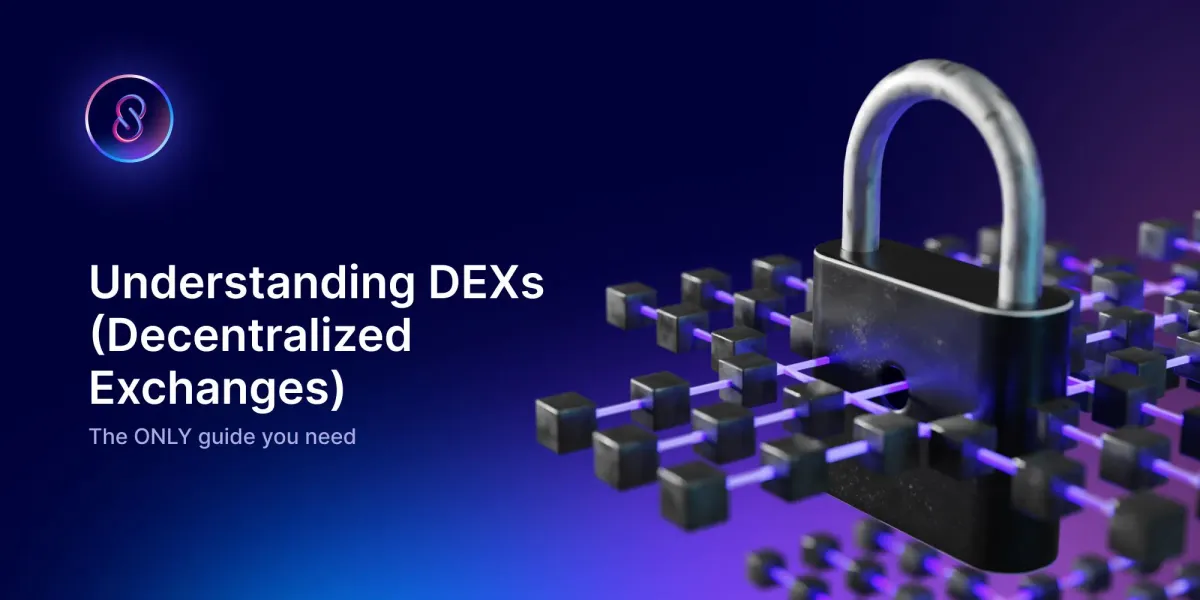
Cross-Chain Bridges
These cross-chain technologies facilitate asset and data transfers between disparate blockchains. This is achieved by locking or burning assets on the original chain and unlocking or minting equivalent assets on the new chain through a smart contract.
In simple terms, these bridges facilitate transfers by 'wrapping' tokens in smart contracts and then availing them on other chains.
For example, Wrapped Bitcoin (WBTC) allows (BTC) to be used as an ERC-20 token on the Ethereum blockchain.
An important thing to note is that this process is reversible- meaning assets can be moved back to their original blockchain by burning the minted assets on the destination chain and unlocking the original asset on the original chain.
To put it more clearly, cross-chain bridges utilize the following three approaches to facilitate asset transfers:
- Lock and Mint: In this approach, users deposit their assets into a smart contract on the sending blockchain, which locks the assets. The bridge then issues equivalent wrapped tokens on the receiving blockchain as an IOU ('I owe you'). To reverse the process, the user burns the issued assets, prompting the bridge to unlock and return the original assets.
- Burn and Mint: In this approach, tokens are permanently burned (destroyed) on the original chain and then minted (recreated) on the destination chain.
- Lock and Unlock: In this approach, assets are locked on the original chain and succeedingly made available from a liquidity pool on the destination chain. This approach often attracts liquidity on both sides of the bridge (i.e. original chain and destination chain) through incentive programs such as profit-sharing.
Two Types of Bridges
🔒💖Trusted Bridges: These rely on centralized entities to manage the transfer of assets and data between blockchains. Users must trust these intermediaries for the secure and honest processing of transactions. An example is the Binance Bridge. While it offers quicker transaction processing, it does not support a decentralized model due to the presence of central authorities.
⛓️🔒Trustless Bridges: These do not rely on central authorities but instead use smart contracts and cryptographic algorithms to facilitate transactions. Trustless bridges are inherently decentralized, providing users with full control over their assets and data. They tend to be more complex and have slower transaction speeds compared to trusted bridges.
According to data from DeFiLlama, on March 28, 2024, the trading volume on protocols incorporating blockchain bridges reached $661.3 million.
Regulatory challenges
As cross-chain systems enable the transfer of assets and data between different blockchain networks, they can create regulatory challenges. Ensuring compliance with various regulations across other jurisdictions can be a great challenge in the adoption of these systems.
Security Concerns
One of the biggest challenges is ensuring the safety of cross-chain systems. For instance, the bridge itself acts as a critical communication link between the two networks.
Any vulnerabilities or weaknesses within one blockchain could pose similar implications to the next. This explains why they have been major targets of hackers constituting some of the largest cryptocurrency hacks by value.
Check out our article on the biggest bridge hacks here⬇️
Layer 2 Protocols
Layer 2 protocols facilitate cross-chain transactions by enabling asset transfers between different blockchains. They process transactions on a secondary layer and record the results on the primary blockchain. As there are many L2 solutions, and more and more are coming into existence as discussed in our previous articles, we will currently focus on one in particular: Bitfinity!
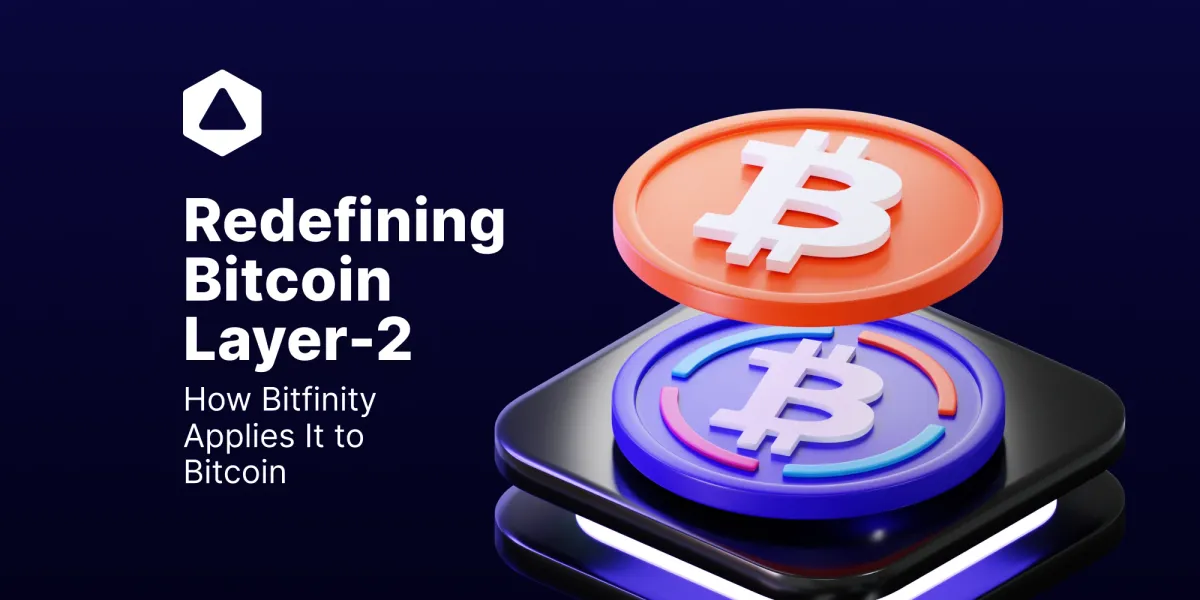
Bitfinity As Bitcoin Sidechain Bridge
The Bitfinity sidechain is designed to address the scalability issues of the Bitcoin blockchain (Layer 1). It operates with its unique consensus mechanism and relies on the chain fusion technology built by the internet computer. We will go into the technicalities of this new technology in a later blog post, but it boils down to this:
Chain Fusion is built on two primary technological foundations:
- Secure Communication: This includes verifying blockchain consensus mechanisms like Bitcoin's proof of work on ICP or using decentralized HTTP calls to interact with blockchain networks such as Ethereum.
- Decentralized Signing: Utilizing threshold ECDSA (Elliptic Curve Digital Signature Algorithm), Chain Fusion enables canisters (smart contracts on ICP) to manage cryptographic keys securely and without centralized control.
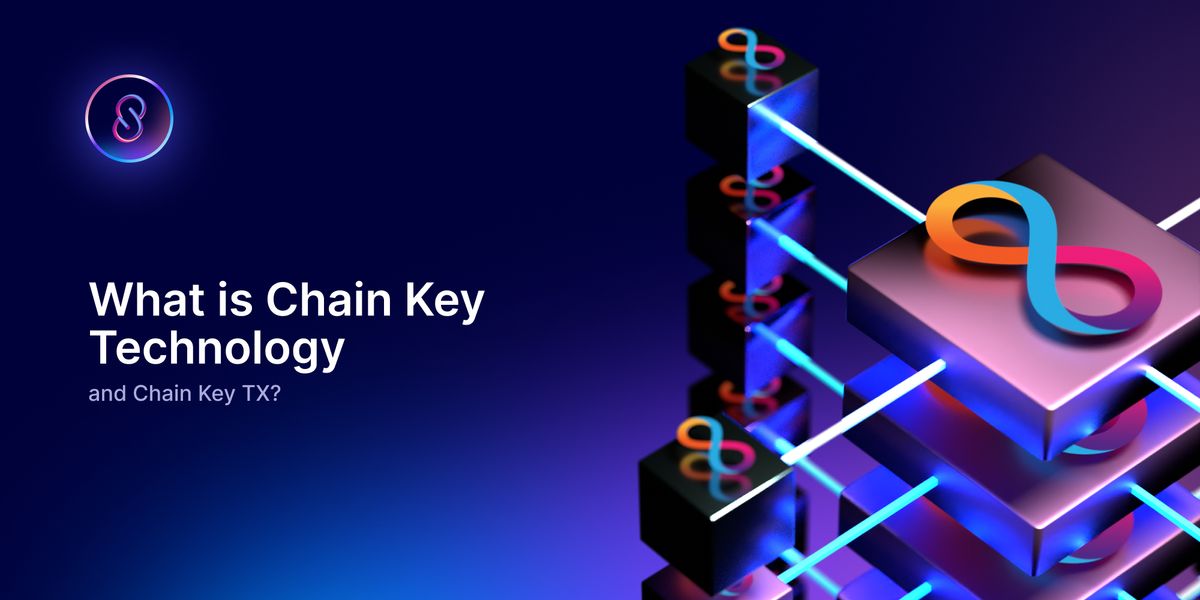
Chain Fusion could enable a multi-ecosystem approach, allowing various blockchain networks to specialize yet remain interconnected. This would foster a rich environment of innovation and user-centric applications, much like how diverse internet services coexist today.
How Does Bitfinity Differs From Cross-Chain Bridges?
Bitfinity and cross-chain bridges serve similar functions but differ significantly in their operational mechanics and security implications.
- Security Risks with Cross-Chain Bridges: The main vulnerability of cross-chain bridges lies in their exposure to blockchain reorganizations (reorgs) or attacks. If one chain in a bridge setup suffers a reorg or attack, it can lead to the devaluation or loss of the wrapped assets on the bridge, affecting all interconnected chains.
- Bitfinity Response to Reorgs or Attacks: If the primary Layer 1 (L1) blockchain undergoes a reorg, Bitfinity will automatically reorg as well. This maintains a consistent state across L1 and L2, preserving the security and integrity of transactions and asset transfers.
Why Bitfinity Cross-Chain Communication is Beneficial?
Besides making the ultimate goal of many people in the space possible, making blockchain interconnected, the integration of Bitfinity also makes some improvements, which include:
👪 Increased Adoption: Interoperability among different blockchain networks significantly increases the adoption of technologies as it allows native users from multiple ecosystems to effortlessly transfer data and execute transactions.
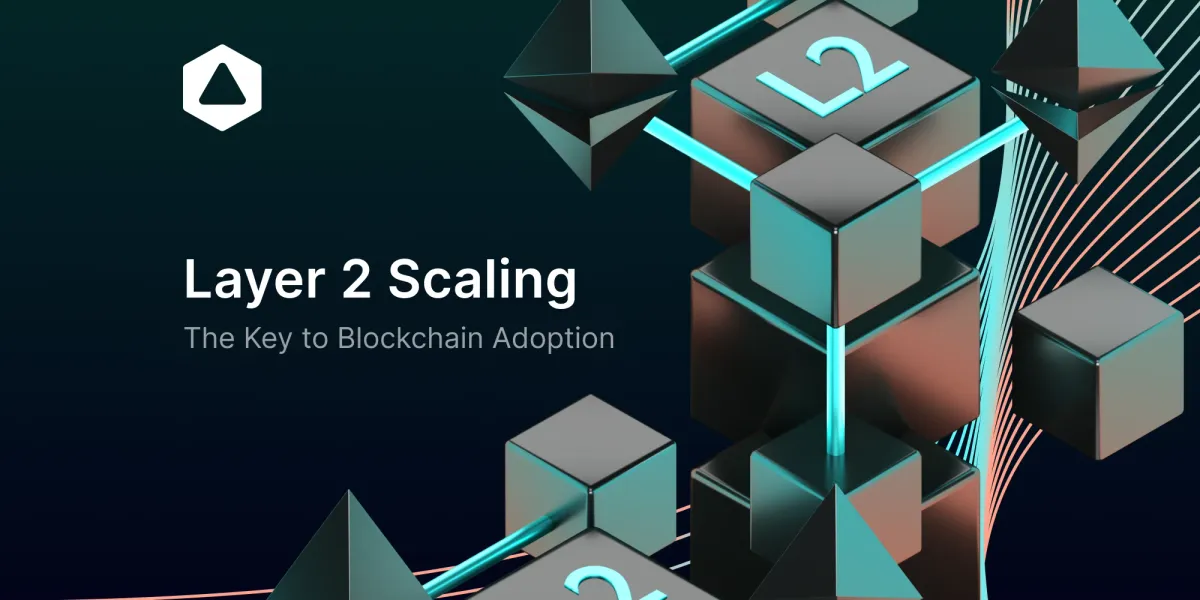
🔓 Unlocking Liquidity: Cross-chain technologies facilitate the movement of liquidity across blockchains that were previously siloed. Think of the two biggest blockchains, Bitcoin and Ethereum. As blockchain interoperability continues to expand, the g volumes and liquidity flows are expected to increase correspondingly.

📊 Increased Scalability: The restricted interaction among blockchain networks can limit scalability. But Bitfinity makes these operations super cheap and fast. You can set up and test smart contracts on Bitcoin for just fractions of cents and in very little time.

Why We Really Need Cross-Chain Technology
Cross-chain technology offers many benefits, for instance by allowing the interactions of two independent blockchain networks better scalable solutions are achieved through protocols like bridges.
Additionally, the exchange of data between private and public blockchains can be applied even in industries like Law and Healthcare opening new doors for Web3 platforms.
This benefits even the average users who don’t have the technical expertise to navigate through different blockchains—allowing them to enjoy cost-efficient, timely, and secure transactions.
Also, it is through cross-chain technology that a collaborative ecosystem of developers can leverage the strengths of different blockchain networks to build innovative solutions.
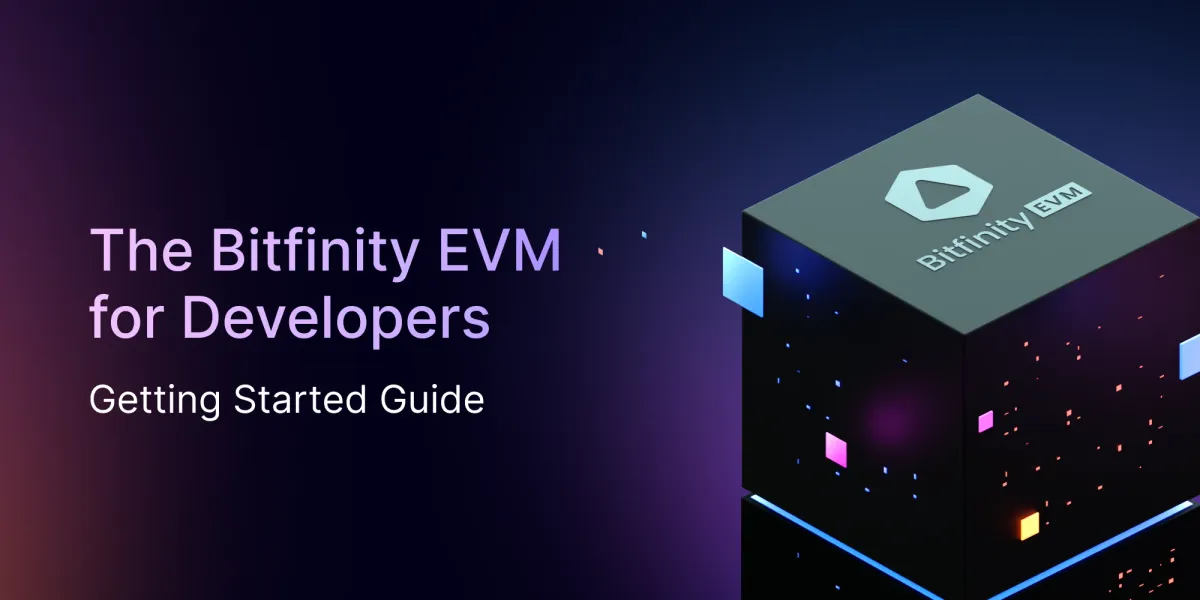
Will the Future be Multi-Chain?
Multi-chain, which involves multiple blockchain networks linked in a federated manner while still maintaining the autonomy of each chain, could be an end goal with the help of Bitfinity.
Vitalik Buterin, a co-founder of Ethereum, theorizes that while a multi-chain world is inevitable, a cross-chain world might not be feasible due to security vulnerabilities. He argues that if one blockchain reverts its transactions (like in a 51% attack), it could lead to discrepancies if another interconnected blockchain does not revert.
My argument for why the future will be *multi-chain*, but it will not be *cross-chain*: there are fundamental limits to the security of bridges that hop across multiple "zones of sovereignty". From https://t.co/3g1GUvuA3A: pic.twitter.com/tEYz8vb59b
— vitalik.eth (@VitalikButerin) January 7, 2022
In envisioning a 'multiverse' future, multi-chain architectures play a pivotal role in addressing several critical aspects of blockchain technology.
Firstly, they enhance scalability by allowing multiple parallel chains to process transactions independently, thus significantly increasing throughput without compromising network performance. Speeding up transaction times and supporting higher volumes of transactions.
Secondly, multi-chain systems allow for extensive customization. They enable the creation of specialized chains that are tailored for specific applications, providing a high degree of flexibility in blockchain solutions.
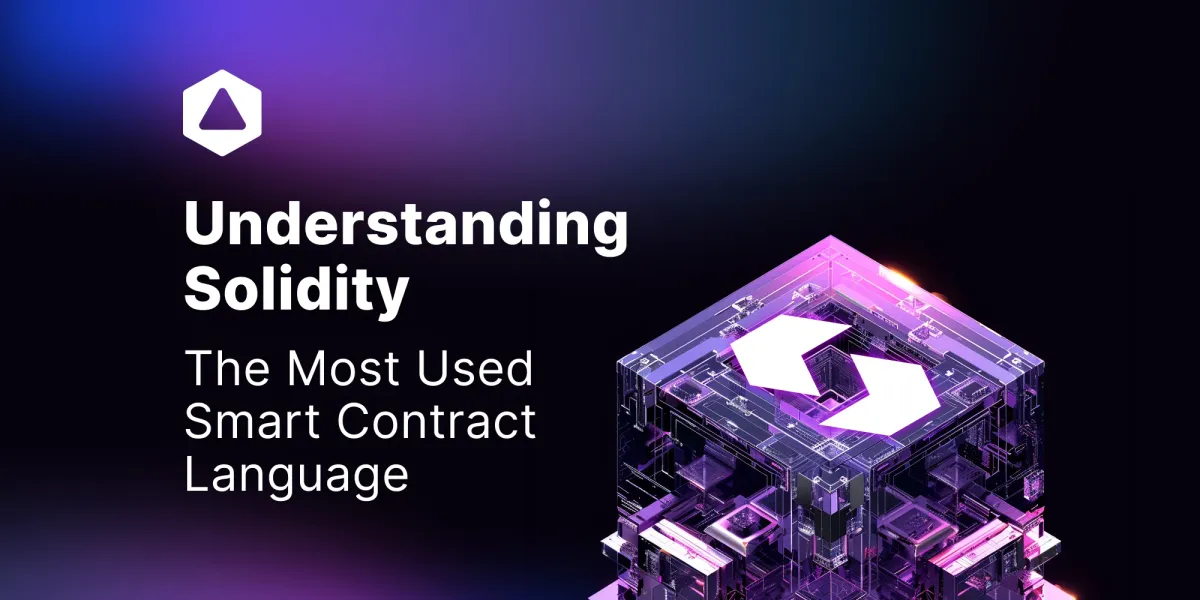
Thirdly, multi-chain improves security by isolating transactions and smart contracts into separate chains. This compartmentalization minimizes the risks associated with security breaches, ensuring that issues in one chain do not adversely affect others.
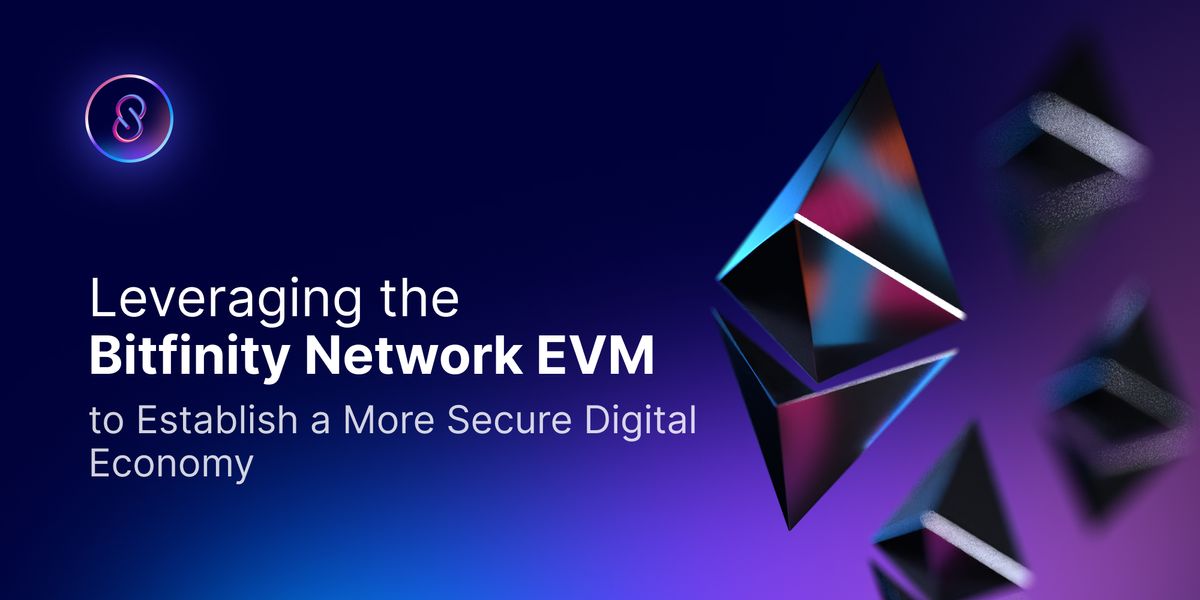
These features all backed up by Bitfintiy, collectively prepare the blockchain infrastructure for a robust and versatile multiverse future...

Connect with Bitfinity Network
Bitfinity Wallet | Bitfinity Network | Twitter | Telegram | Discord | Github

*Important Disclaimer: The information on this website is provided for general informational purposes only and should not be considered financial advice. While we strive for accuracy, Bitfinity does not endorse and is not responsible for any errors or omissions or for results obtained from the use of this information. Views expressed herein may not reflect those of Bitfinity. External links are provided for convenience and verification of information is recommended before taking any actions based on content found here.





Comments ()